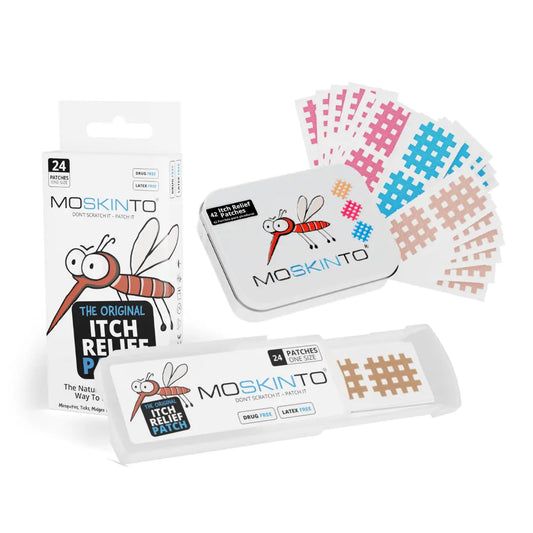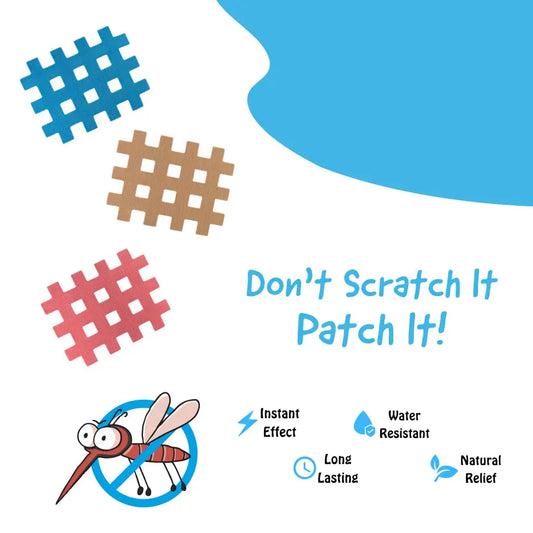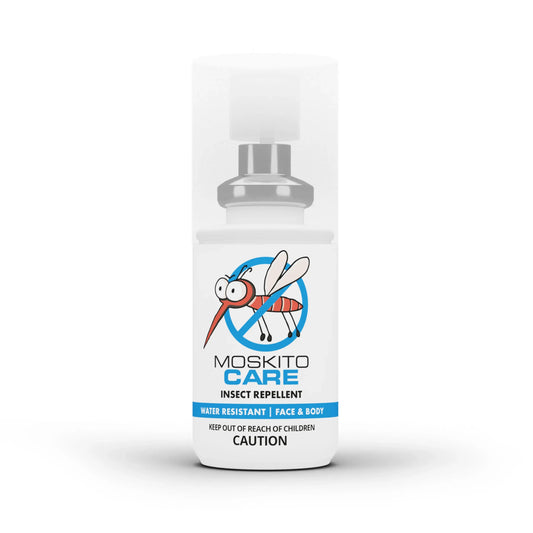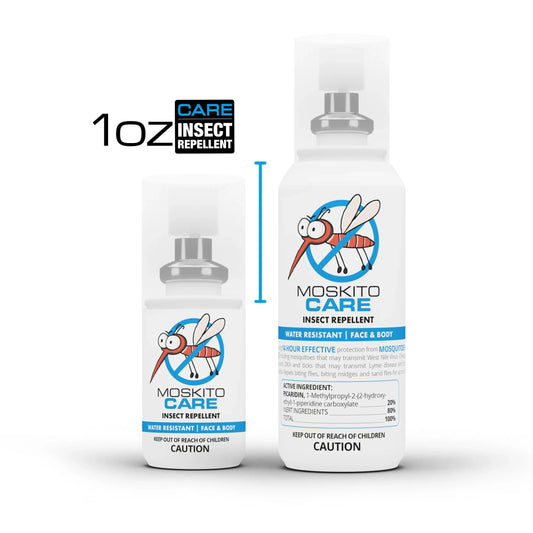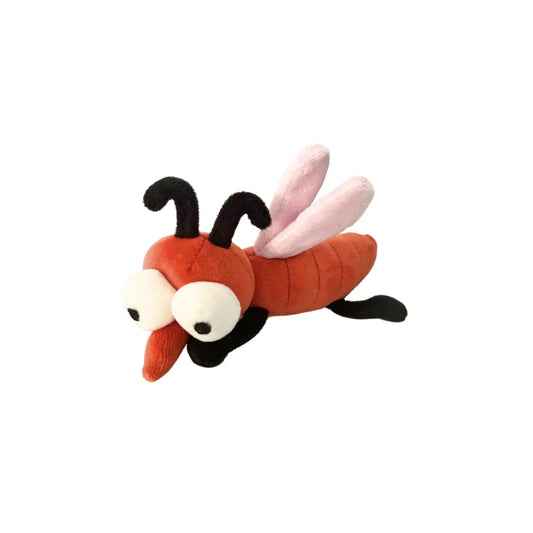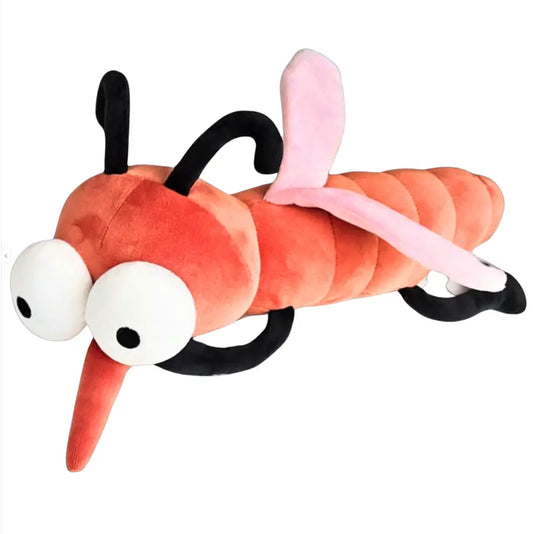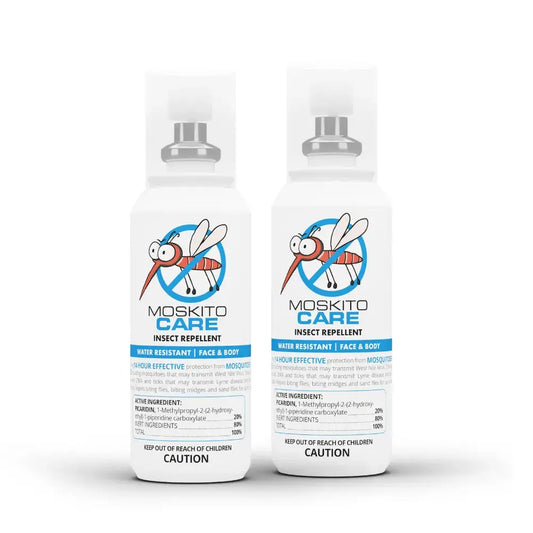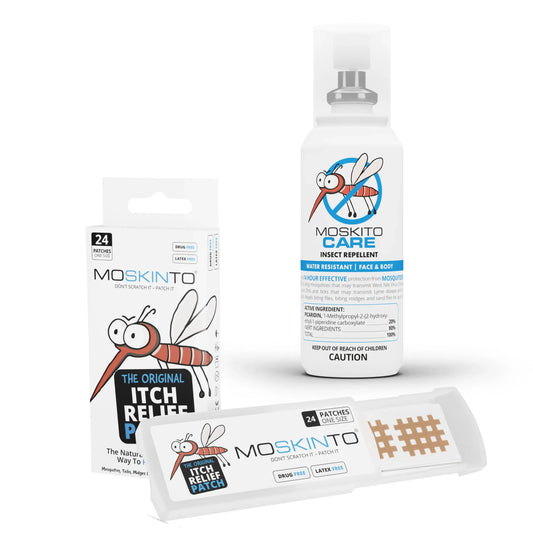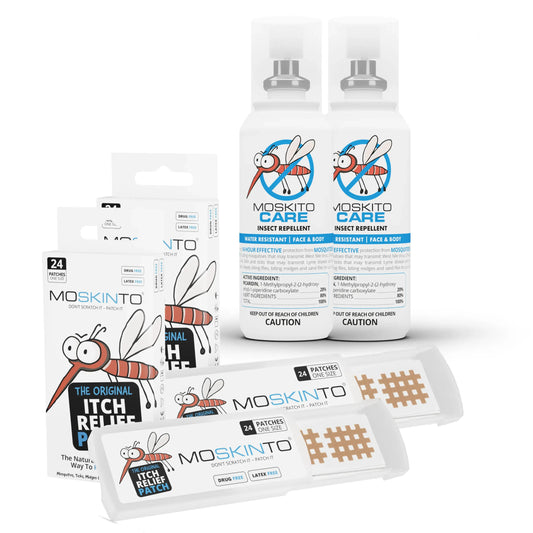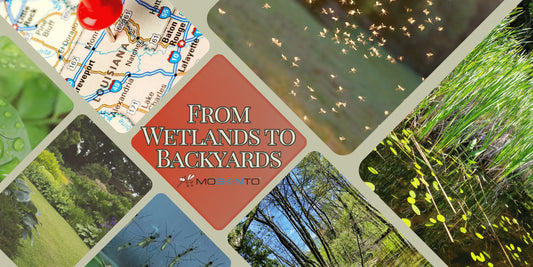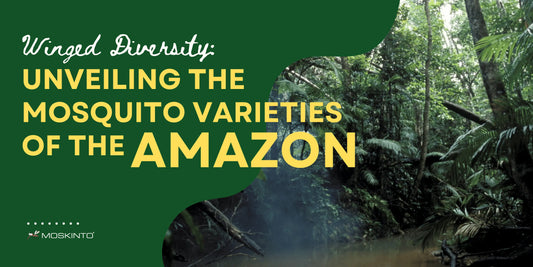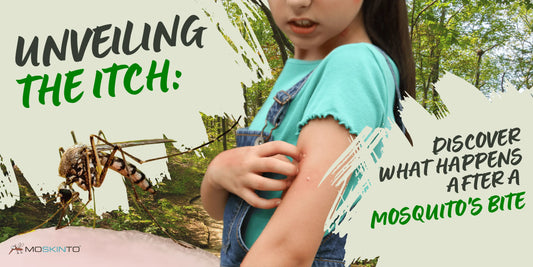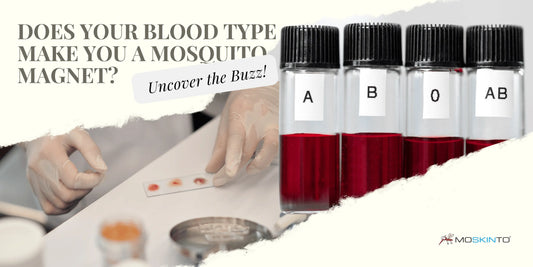From Wetlands to Backyards: Understanding Louisiana's Diverse Mosquito Habitat
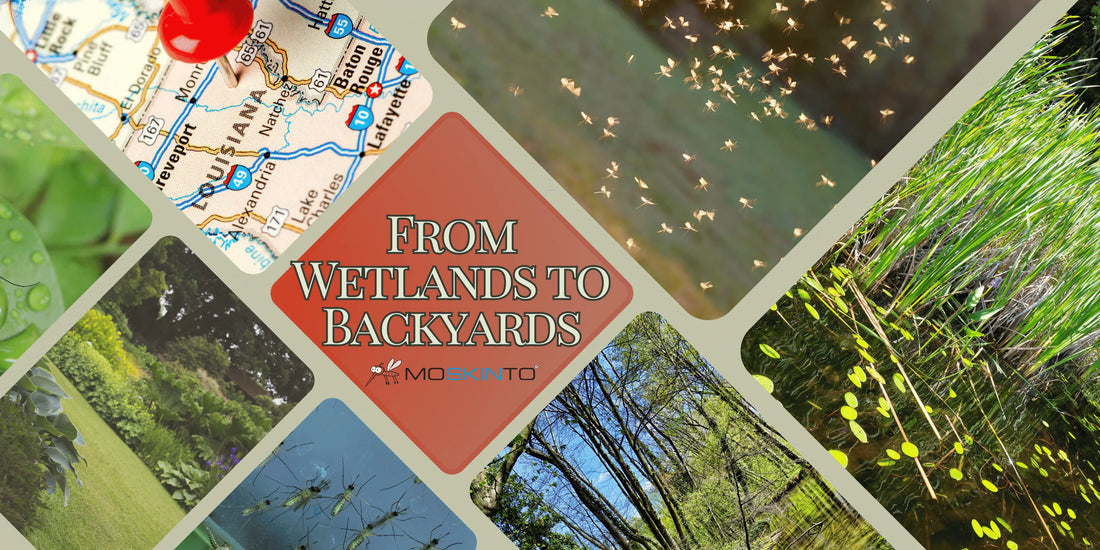
Understanding the Buzz: Combating Mosquito-Borne Diseases in Louisiana
Welcome to the muggy marshlands and balmy evenings of Louisiana, where the persistent hum of mosquitoes is as much a part of the landscape as the meandering bayous. Scenic beauty aside, these tiny predators are known carriers of menacing diseases that pose significant health risks to our vibrant communities. From the West Nile virus, which has left an indelible mark across the state, to the emerging threats of the Zika virus, residents face a silent battle against these winged menaces.
In this comprehensive guide, we delve into the heart of the matter, providing critical insights into the impact and spread of mosquito-borne illnesses within the Bayou State. Armed with the latest statistics and recent data, we explore effective measures to safeguard your health and well-being against these lurking dangers. Join us as we dissect the facts, unravel the myths, and equip you with the necessary tools to stand vigilant against the buzz in Louisiana.
Louisiana's Climate: A Breeding Ground for Mosquito Populations
The climate in Louisiana is a perfect storm for mosquito breeding. With its warm temperatures, high humidity, and abundant water sources, mosquitoes in Louisiana find an ideal habitat to thrive and multiply. Understanding the local climate is key in addressing the persistent issue of mosquitoes in the state.
How Louisiana's Weather Supports Mosquito Reproduction
The warm, subtropical climate of Louisiana not only makes it a haven for wildlife and lush vegetation but also creates the perfect conditions for mosquito reproduction. High temperatures accelerate the life cycle of mosquitoes, enabling them to breed rapidly and increase their population size significantly during the warmer months of the year.
Moisture and Mosquito Maturity
Humidity is another critical factor that contributes to the mosquito problem. In Louisiana, the high humidity levels are conducive to mosquito larvae developing into adults. Mosquitoes require water to complete their life cycle, and with Louisiana's frequent rainfall and wet environment, there are countless breeding sites available for laying eggs.
Temperature, Humidity, and the Mosquito Life Cycle
Putting the pieces together, the relationship between temperature, humidity, and mosquito life cycles is clear. Warm temperatures and high humidity shorten the development time from egg to adult mosquito, leading to larger swarms in a shorter period. Additionally, the mild winters in Louisiana allow mosquitoes to remain active year-round, though their activity does peak in the warmer months.
- High temperatures = quicker development from larvae to adults
- Ample humidity = more successful maturation of larvae
- Mild winters = year-round mosquito activity, with peaks in warmer months
By understanding how Louisiana's climate affects mosquito populations, residents and visitors can better prepare for and mitigate the impact of these pesky insects. Awareness is the first step towards effective prevention and control.
Protection is Key: Preventive Measures Against Mosquitoes in Louisiana
Warm evenings in the bayou can be enchanting, but anyone in Louisiana knows that mosquitoes can turn any outdoor moment into an itchy ordeal. Staying guarded against these persistent pests is crucial for both your comfort and health. Here are some practical ways to shield yourself and your home from mosquitoes.
Personal Protection Tips to Keep Bites at Bay
- Cover Up: Wear long sleeves and pants when outdoors, especially during dusk and dawn when mosquitoes are most active.
- Use Repellents: Apply insect repellent that contains DEET, picaridin, or oil of lemon eucalyptus for effective protection.
- Timed Outdoors: Plan outdoor activities to avoid peak mosquito times, typically early morning and twilight hours.
- Netted Sanctuaries: Consider installing mosquito netting around porches, patios, and sleeping areas for extra defense.
Eliminate Breeding Sites: Stop Mosquitoes Where They Start
- Drain standing water: Regularly empty plant saucers, bird baths, and pet water dishes to disrupt the mosquito life cycle.
- Maintain your yard: Keep your lawn trimmed and gutters debris-free; pooled water in grass clippings or leaves can become mosquito nurseries.
- Store items properly: Keep buckets, toys, and any other containers that might collect water upside down or indoors to prevent water accumulation.
- Water treatment: Use mosquito dunks or bits in water features like ponds or fountains to safely eliminate mosquito larvae without harming other wildlife.
Mosquitoes in Louisiana are more than just a nuisance; they can carry diseases and disrupt our quality of life. Taking these preventative steps seriously can reduce your risk of bites and contribute to a community-wide effort to manage the mosquito population. Stay vigilant and make these practices a habit for a more pleasant and safer outdoor experience in the Pelican State.
Discovering Their Prime Times: Mosquito Activity Throughout the Year in Louisiana
Residents and visitors in Louisiana are all too familiar with the constant buzz and bites of mosquitoes. Understanding when these pests are most active can help you better prepare your defenses. Let's take a closer look at the seasonal trends of mosquito activity in Louisiana and highlight the peak times to watch out for.
Charting Mosquito Seasons: From Dormancy to Dominance
The presence of mosquitoes in Louisiana ebbs and flows with the seasons. Early spring witnesses the reawakening of dormant mosquitoes as temperatures start to rise, leading to increased activity toward the peak in the swampy summer months. During fall, as the environment cools and begins its transition towards winter, there is a noticeable decrease in mosquito activity.
High Alert Periods: Peak Mosquito Activity in Louisiana
Peak mosquito times run from late spring through early fall, with June to September being particularly notorious for heightened mosquito presence. During these months, both heat and humidity are conducive to mosquito breeding and activity. Around dawn and dusk each day, their activity spikes, so extra precaution during these times is essential.
Arm Yourself for the Seasonal Surge
With the knowledge of peak seasons and times of day when mosquitoes are most active, Louisianans can employ targeted prevention techniques. Ensuring that you have effective repellents like Moskinto Itch-Relief Patches and Moskito Care Repellent with 20% picaridin on hand is crucial during these periods.
Why Choose Picaridin Over DEET?
When choosing a mosquito repellent, consider opting for the newer alternative to DEET - picaridin. Picaridin is odorless, non-greasy, and does not damage plastics or synthetic fabrics, making it a superior choice for everyday use during mosquito season. Additionally, picaridin is gentle on skin and suitable for children, offering a long-lasting deterrent to keep mosquitoes at bay without the drawbacks associated with DEET.
- Moskinto Itch-Relief Patches are a great post-bite solution to alleviate itching and reduce the chance of infection.
- Moskito Care Repellent with picaridin provides strong, long-lasting protection against mosquitos, preventing bites before they happen.

